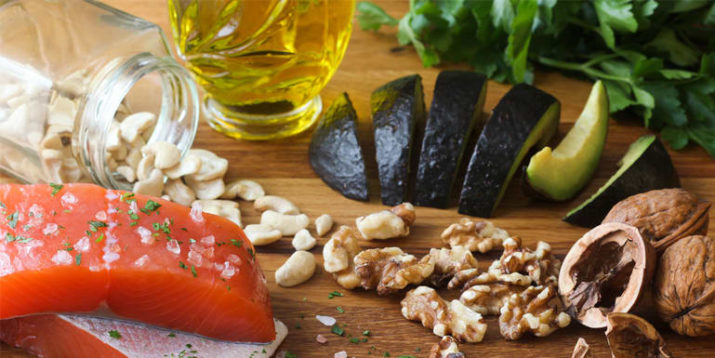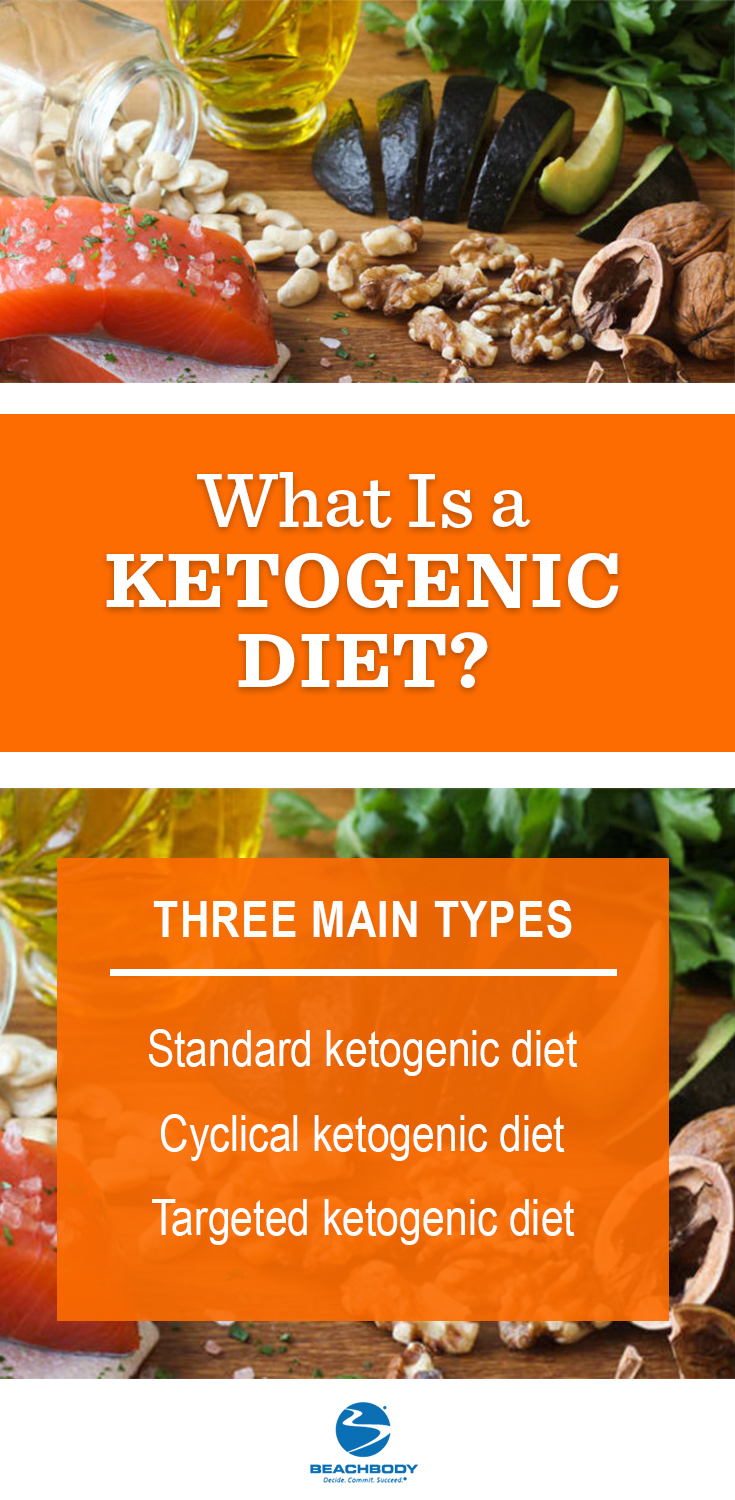What Is a Keto Diet?

A ketogenic diet is a low-carb, high-fat, adequate-protein diet that was initially developed in the ’20s to help people with neurological diseases such as epilepsy.
On a ketogenic diet, you’re attempting to get your body into ketosis, which is a metabolic state where you begin to use fat as your primary source of fuel.
What Is Ketosis?
Usually, our bodies rely on carbs as the first source of energy. Carbs are broken down into sugar when you eat them, leading to the production of insulin, a hormone that tells your cells to use the sugar for energy now or store it for use later.
“When you only eat a very limited amount of carbs, your body breaks down fatty acids from fat stores and forms ketones, which are released into the bloodstream by the liver,” says Alissa Rumsey M.S., R.D., C.S.C.S., and spokesperson for the Academy of Nutrition and Dietetics. “Ketosis occurs when blood ketones are higher than normal.”
Ketosis is basically a side effect of fasting.
To trigger ketosis, you must fast for about three days, and a proven way to do that is to decrease the amount of carbohydrates in your diet and increase the amount of fat, says Rumsey.
So a ketogenic diet — one that is very high in fat with some protein and very little carbohydrates — can be used to get your body into ketosis.
To start ketosis and keep it going, you’ll have to eat less than 30 to 40 grams of carbohydrate per day, which is about 5 percent of your overall calories for the day.
There are three main types of ketogenic diets:
- Standard ketogenic diet: Macronutrient breakdown: 75 percent fat, 20 percent protein, 5 percent carbs.
- Cyclical ketogenic diet: Cycles between higher-carb “re-feed” days and standard ketogenic days. Example: Five days of keto followed by two days of higher carbs.
- Targeted ketogenic diet: Add carbs around workouts; follow standard keto the rest of the time.
What Foods You Can Eat on a Ketogenic Diet?
The majority of meals on the ketogenic diet should be built around the following staples:
- Fat: Nuts and seeds, butter, avocado, ghee, olive oil, coconut oil, mayonnaise, beef tallow
- Protein: Fatty fish, chicken, turkey, ham, bacon, pork loin, pork chops, steak, veal, goat, lamb, eggs, peanut butter, sausage, shellfish, full-fat dairy
- Low-carb vegetables: asparagus, broccoli, carrots, cauliflower, celery, cucumber, garlic, onion, green beans, mushrooms, bell peppers, pickles, romaine lettuce, shallots, butter lettuce, spinach, snow peas, tomato, fall/winter squash (such as butternut, acorn, spaghetti)
What Happens to Your Body on a Ketogenic Diet?
“The first few weeks are the toughest as your body tries to adapt to a different fuel source,” says Rumsey, :Your workouts may suffer during those first weeks, with many people reporting a loss of strength and endurance until their bodies become more efficient at using fats for fuel.”
But it can take several months for your body to adapt to increasing the use of fat as a fuel source, so if you are looking for a change in performance, you will have to keep the diet up for a while.
And if you are an athlete or very active, you’ll need to be doubly sure that you are getting enough nutrients because keto diets cut out a lot of aforementioned food groups — fruit, dairy, grains, and many vegetables — so you have to make sure you aren’t falling short on key vitamins and minerals.
Do Ketogenic Diets Work for Weight Loss?
In a word: yes. Of course, there’s a but…
“But, people who go on the ketogenic diet often report large amounts of weight loss in a short period of time; however, there is no evidence that this is from being in ketosis,” she says.
Carbohydrates hold onto water in the body, so if you cut out carbohydrates, you end up losing that water weight pretty quickly — and it’s also easier to eat less when all you can eat is protein and fat, which are satiating.
“The problem is that this diet is not sustainable for most people,” says Rumsey. “Once they start eating ‘normally’ again, the weight goes back on.”
It’s also important to remember that very low-carb diets can affect people differently, she says, and you need to listen to your body.
If after a few weeks you feel worse than before, you may want to reconsider if the diet is right for you.
Though you can see dramatic results, it’s essential to realize that the keto diet it’s tough to support for the long term.
It’s great as a lesson to understand the role that carbs can play in weight gain, helping you to learn how to better control your intake in the future.
For the long haul, stick with a solid diet that revolves around whole foods like protein from lean meats and beans, a colorful variety of fruits and veggies, whole and ancient grains, and healthy plant fats such as olive oil.
Eat like that and keep up a consistent exercise effort and you’ll eventually see the results you want.

